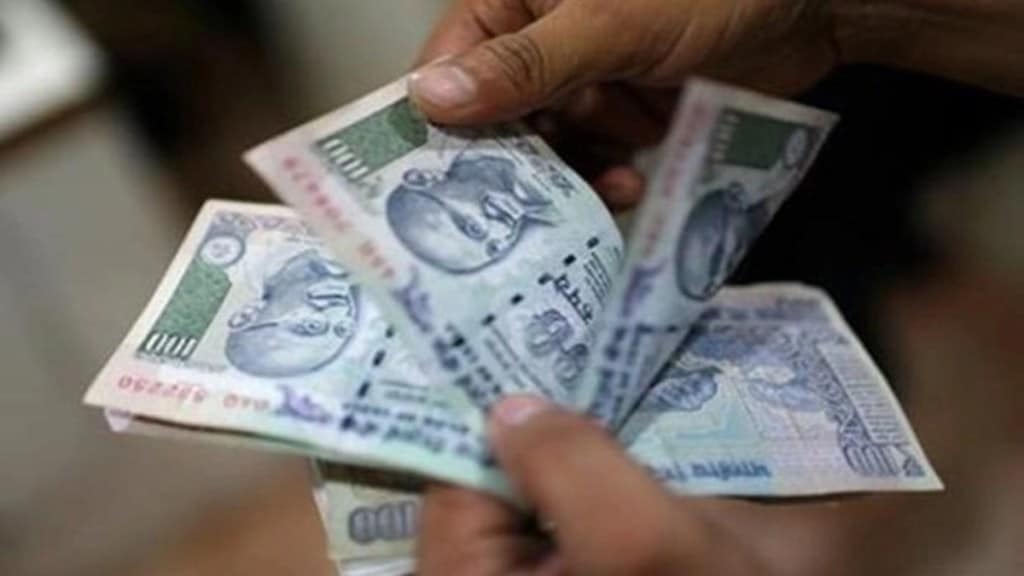As the Reserve Bank of India (RBI) has articulated in its concept paper, among the most important uses of central bank digital currency (CBDC) would be for it to replace cash. To be sure, India’s digital payments infrastructure today is a robust one and the volume of digital transactions is rising rapidly. However, even if it is used in a limited fashion, the CBDC would strengthen the payments system by providing another layer. Even today, cash accounts for a large share of transactions; in FY22, currency in circulation was up nearly 10%, at over Rs31 trillion, and the savings from simply printing notes, not to mention the cost of storing and transporting them, could be enormous. Last year, RBI is estimated to have spent close to Rs 5,000 crore on just printing notes. Among the reasons why cash is used in such large quantities is that it provides anonymity. The central bank is right in pointing out that ensuring anonymity for a digital currency particularly does pose a bit of challenge, given all digital transactions would leave some trail. At the same time, it finds merit in providing some degree of anonymity for small value transactions, as is the case with physical cash. The CBDC could be designed to enable some degree of privacy.
The central bank prefers the indirect CBDC model in which consumers will hold their CBDC in an account or a wallet with a bank, or a service provider. As it rightly points out, a direct model, in which the central bank interacts directly with the end customers would result in disintermediation, something for which the Indian banks are not ready yet. Moreover, the central bank too would be overburdened if it needs to manage customers and operate a retail ledger. Also, such a framework could end up stifling innovation in the payments system. Ultimately, financial intermediaries are best-suited to cater to the needs of consumers.
Also Read: Rupee likely to depreciate on strong dollar, risk aversion in markets; USDINR may trade in this range
Even in the Universal Payments Interface (UPI) ecosystem, for instance, it is the GooglePays and PhonePes that have drawn in customers onto the platform.
In this context, opting for a non-interest bearing CBDC would be better in today’s environment. As experts have pointed out, an interest-bearing instrument might make monetary policy more effective as transmission would shift from the overnight money market rate to the deposit rate. However, a deposit-like CBDC could result in some degree of disintermediation. In other words, if customers decide to hold CBDC deposits, banks would be deprived of funds with which to pursue lending activity. To prevent an exodus of customers, lenders would need to price deposits at rates that might make it unviable for them to run the business efficiently without taking on too much risk. One key reason for the introduction of a CBDC is RBI’s discomfort with crypto-currencies. Given the risks that cryptos pose to financial stability, the CBDC will provide the public with a risk-free alternative to work with virtual currencies. Together with the much-needed financial stability, the CBDC would also help further financial inclusion. The blockchain technology will enable offline transactions, which are needed to ensure wider usage. As the central bank has pointed out, as of now, just 825 million people have internet access, and offline transactions would of be of immense help in remote locations. In addition, a CBDC will make cross-border transactions and even local wholesale payments a lot more efficient.

